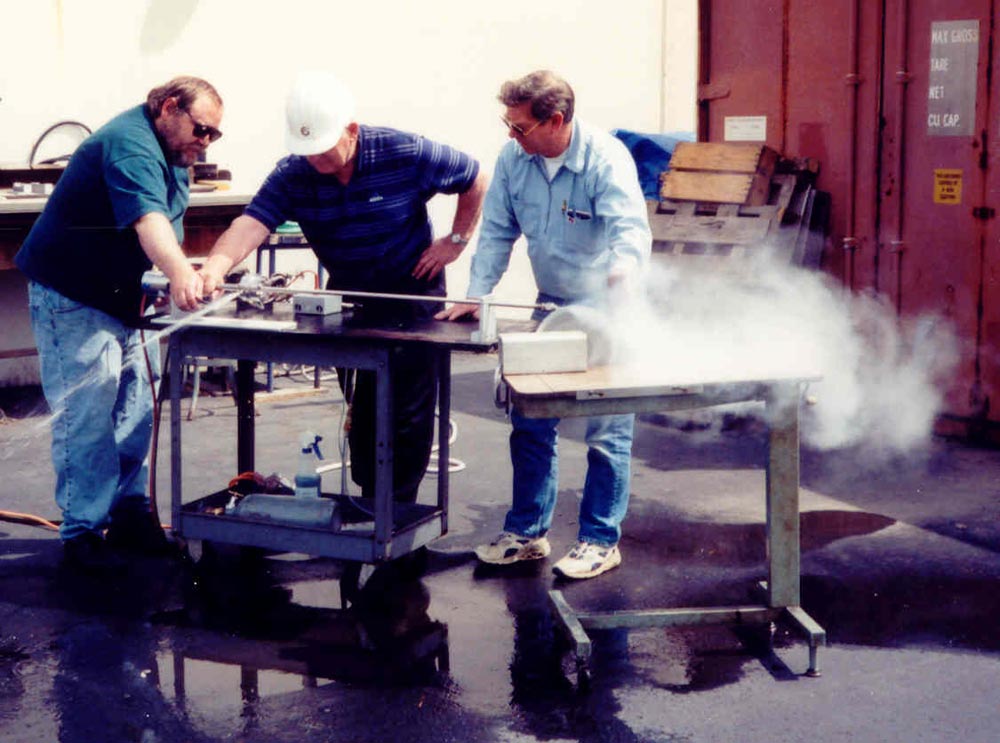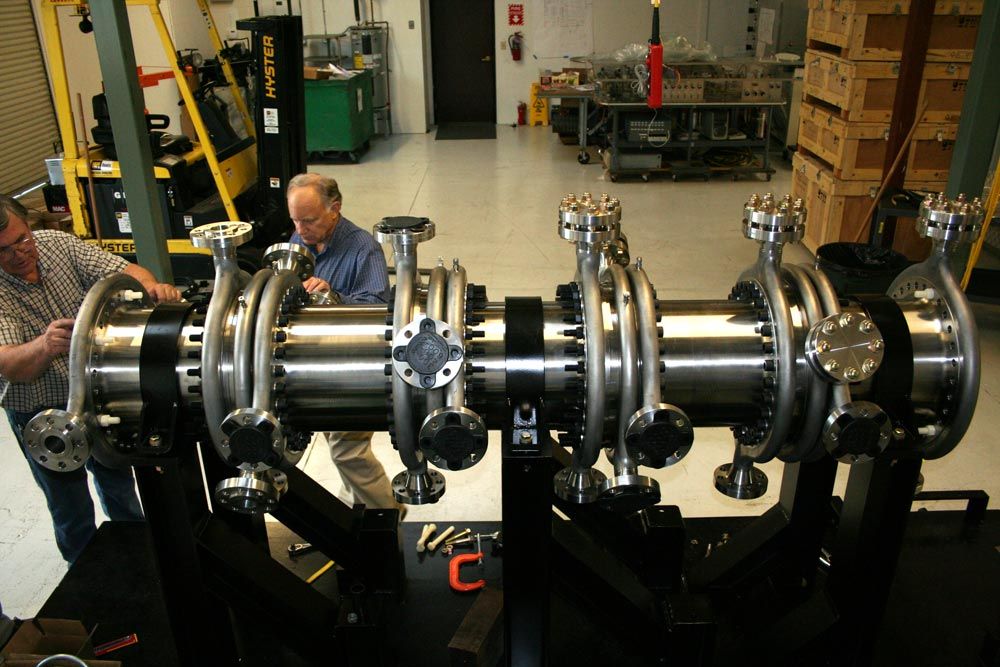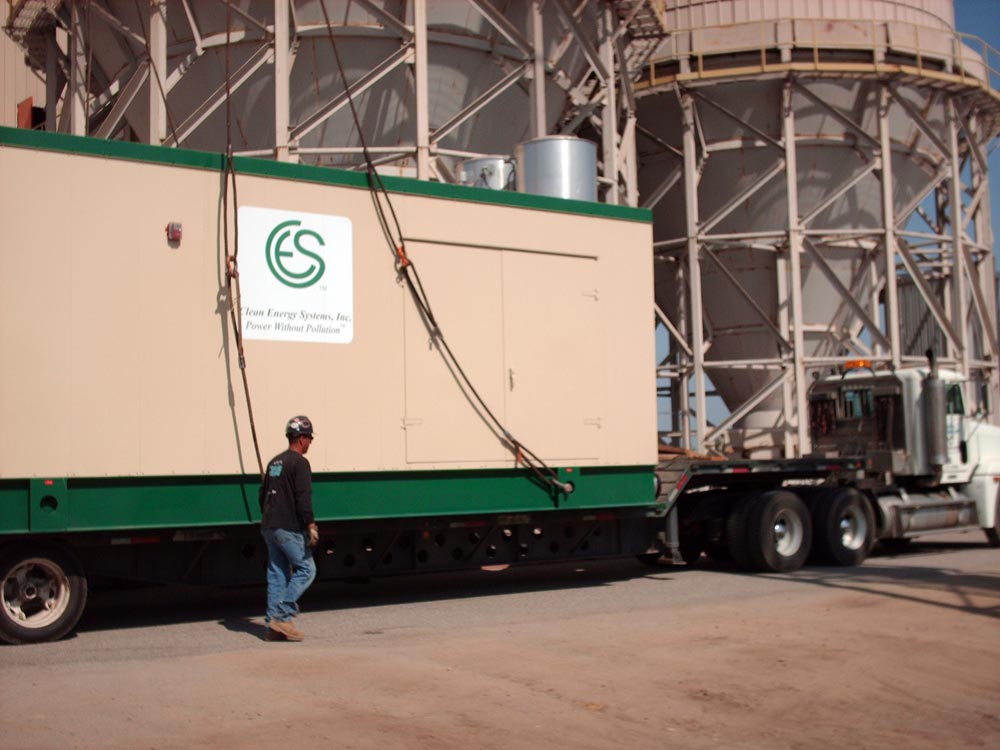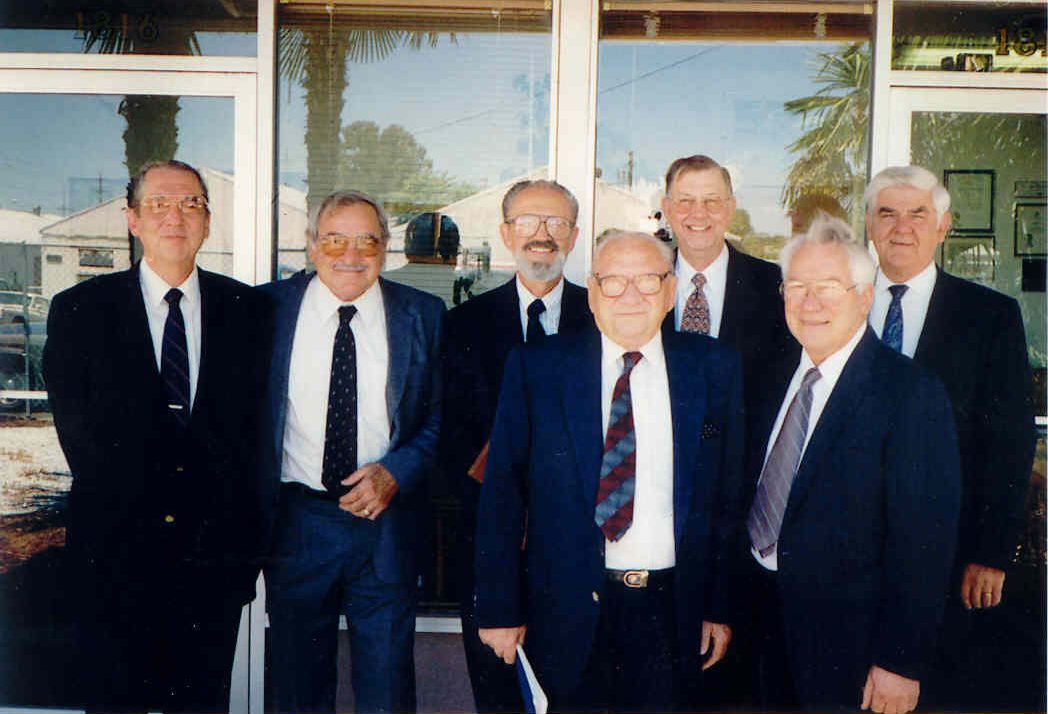OUR HISTORY
The Early Years
In the beginning, Clean Energy Systems (CES) consisted of an informal team of friends assembled by Rudi Beichel in 1993. The first members included chemical engineer Roger Anderson, former NASA official and lawyer Steve Doyle, platelet expert Harry Mueggenburg, fabricator Fred Schwarz, aeronautical engineer Jim Taylor, and rotating machinery expert Vic Viteri. By 1996, two additional members had been added to the team - Jack Richey and Dr. Richard Wertz - who provided the necessary capital to enable CES to incorporate by August of 1996.
The early years of CES were spent developing ideas, filing for patents, and researching the energy market. The founding members were primarily retired individuals from the aerospace industry who invested their own time and money into developing Beichel's concept without any thought of personal gain. Their perseverance and loyalty paid off: by January of 1998, CES had received the first of what would be more than 25 patents to be issued on CES hardware and systems over the next 12 years.
PROOF OF CONCEPT
By 2000, the Clean Energy Systems team was ready to test and prove the viability of their method of producing power without pollution. Funded by the California Energy Commission, CES was able to fabricate and test a proof of the principle gas generator, which was capable of generating 110 kWt of steam and CO2.
Soon after, CES began to receive federal funding from the U.S. Department of Energy to fabricate and test a small commercial
gas generator (the oxy-fuel combustor) capable of producing 20 MWt of steam and CO2. Testing of this oxy-fuel combustor was successfully completed by 2003. The success of these early tests provided CES with a starting point for projects of greater scale.
PILOT AND DEMONSTRATION
During the mid 2000s, Clean Energy Systems worked towards developing a larger pilot study to demonstrate their capabilities. With funding provided primarily by the California Energy Commission, CES was able to retrofit an abandoned biomass power plant, known as Kimberlina, located in Bakersfield, California.
The Kimberlina Power Plant would serve as a demonstration facility for the 20 MWt gas generator. Other investors or partners involved with the development of the Kimberlina Power Plant included the U.S. Department of Energy, Mirant, and Air Liquide. The first synchronization to the electrical grid occurred in 2005. Within one year, the Kimberlina Power Plant had logged more than 300 starts and 1,300 hours of operation, becoming the world's first non-polluting fossil fueled (natural gas) power plant.
SCALE-UP AND TECHNOLOGY EXPANSION
After the successful start-up of the Kimberlina Power Plant, CES began to work on several other projects and improvements. The first was a syngas combustor, capable of operation with coal, biomass, and other syngas feedstocks. CES was also busy working on modifications that would permit the use of liquid feedstocks and slurries of pulverized solid carbonaceous fuels.
In 2007, CES worked with a number of consulting design engineers to modify an existing GE J-79 gas turbine into a hot gas expander turbine, suitable for operation in oxy-fuel power cycles; AKA oxy-fuel turbine (OFT). The OFT-J79 was installed and successfully tested at the Kimberlina Power Plant by 2010. The modifications allowed the turbine to operate at significantly increased power with the CES combustor.
In 2010, CES received federal funding from the U.S. Department of Energy to develop an industrial-scale oxy-fuel turbine. Known as the OFT-900, this oxy-fuel turbine is derived from a Siemens gas turbine (SGT-900). The Kimberlina Power Plant was upgraded to be able to handle the increased fuel, oxygen, and de-mineralized water requirements for this larger, 150 MWe expander turbine to demonstrate continuous operation in commercial-like settings. Initial testing took place in 2013 and successfully demonstrated the industrial-scale oxy-fuel power system.
Between 2010 and 2017, CES performed a series of parametric and duration testing wherein
produced water was injected directly into the CES direct steam gas generator. The resulting stream of saturated steam and water was sent through a cyclone separator creating a clean stream of saturated steam and low volume of brine. These tests demonstrated the DSGs ability to reliably run with synthetic and actual produced water. The CES DSG logged over 35 hours of continuous run time, and a cumulative total of several hundred hours with TDS values averaging 1800 ppm.












